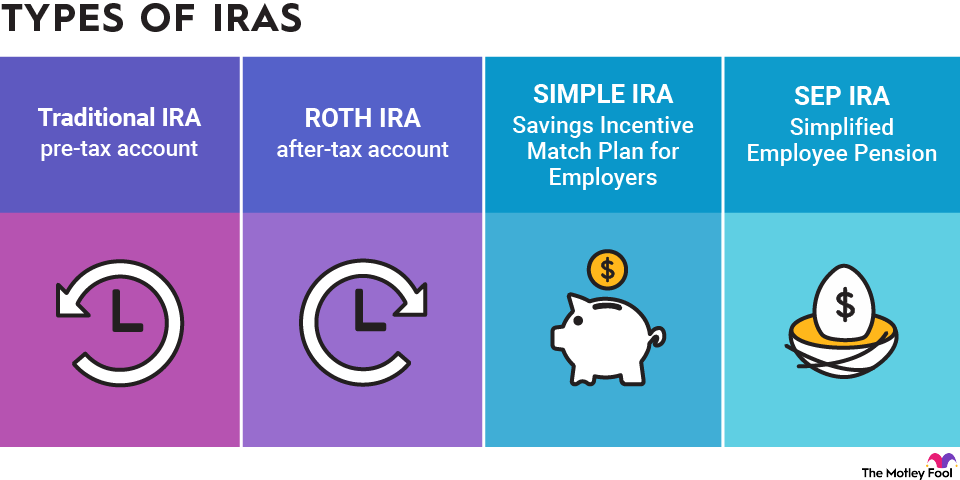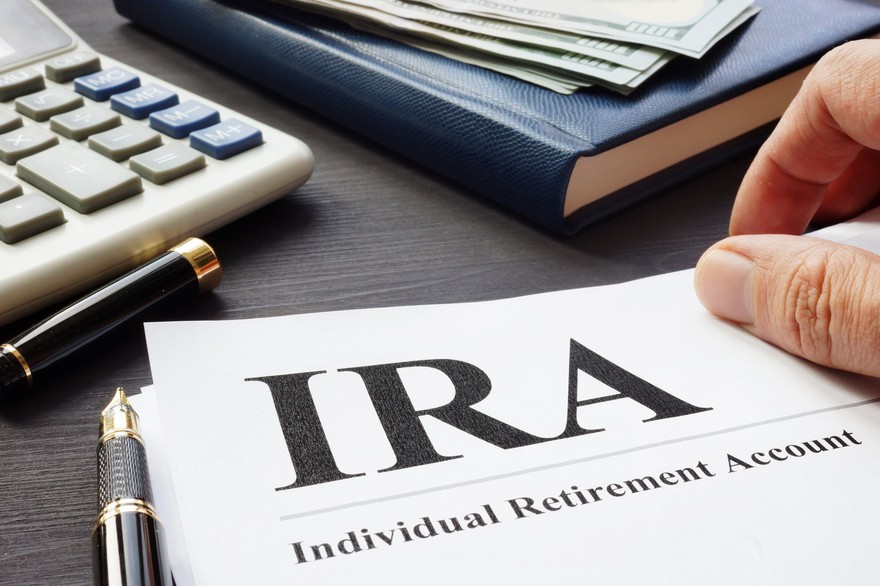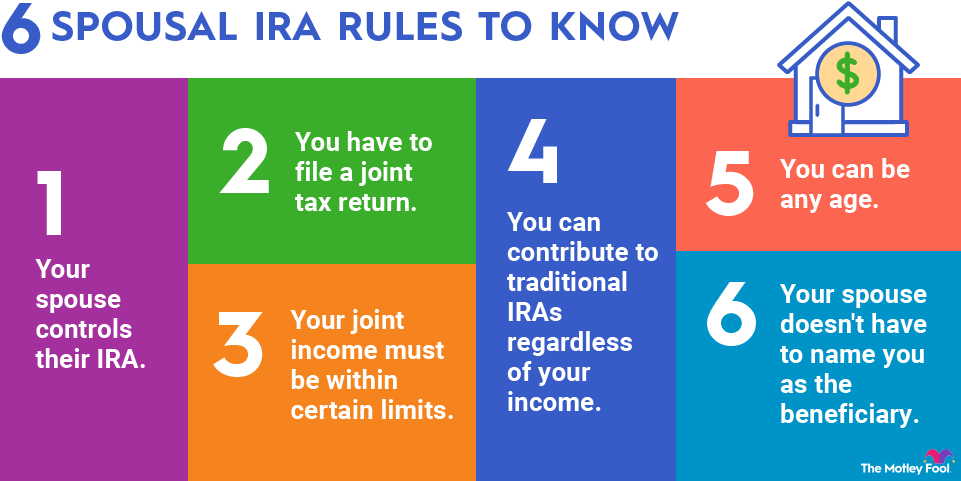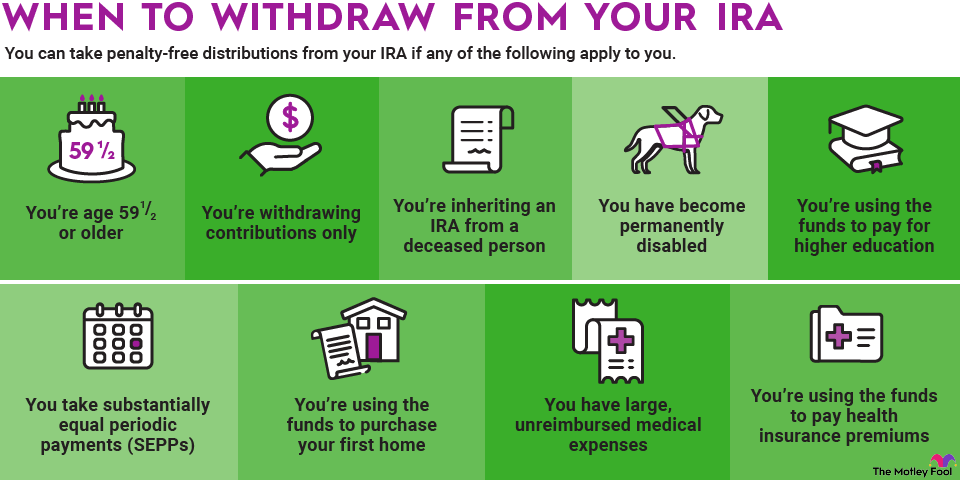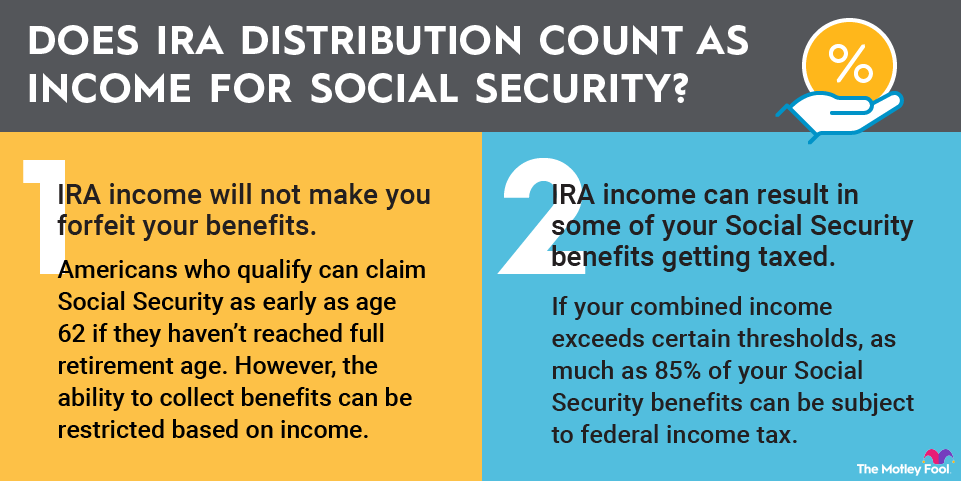If you’re older than age 50, you’re eligible to contribute an extra $1,000 for the 2025 tax year, or a total of $8,000. This is known as a catch-up contribution. In 2026, the catch-up contribution will increase to $1,100, allowing individuals aged 50 and above to save up to $8,600 in an IRA.
Withdrawal rules: You are eligible to withdraw from a traditional IRA without penalty at age 59 1/2. If you withdraw from a traditional IRA before then and don’t have a qualifying reason, you’ll pay income taxes on the withdrawal, as well as a 10% early withdrawal penalty.
Additionally, you must take required minimum distributions (RMDs) beginning at age 73. RMDs are mandatory minimum withdrawals from your retirement account, so you’ll eventually pay income tax.
The amount of your annual RMD is based on your life expectancy as calculated by IRS actuaries. Your RMD will be taxed as ordinary income; therefore, it is essential to plan for the impact of your RMDs in advance.
Deduction eligibility: Your eligibility to take a tax deduction for your traditional IRA contribution hinges on three factors: your income, your tax filing status, and whether or not you are covered by a retirement plan at work, such as a 401(k).
For single filers covered by a retirement plan at work:



